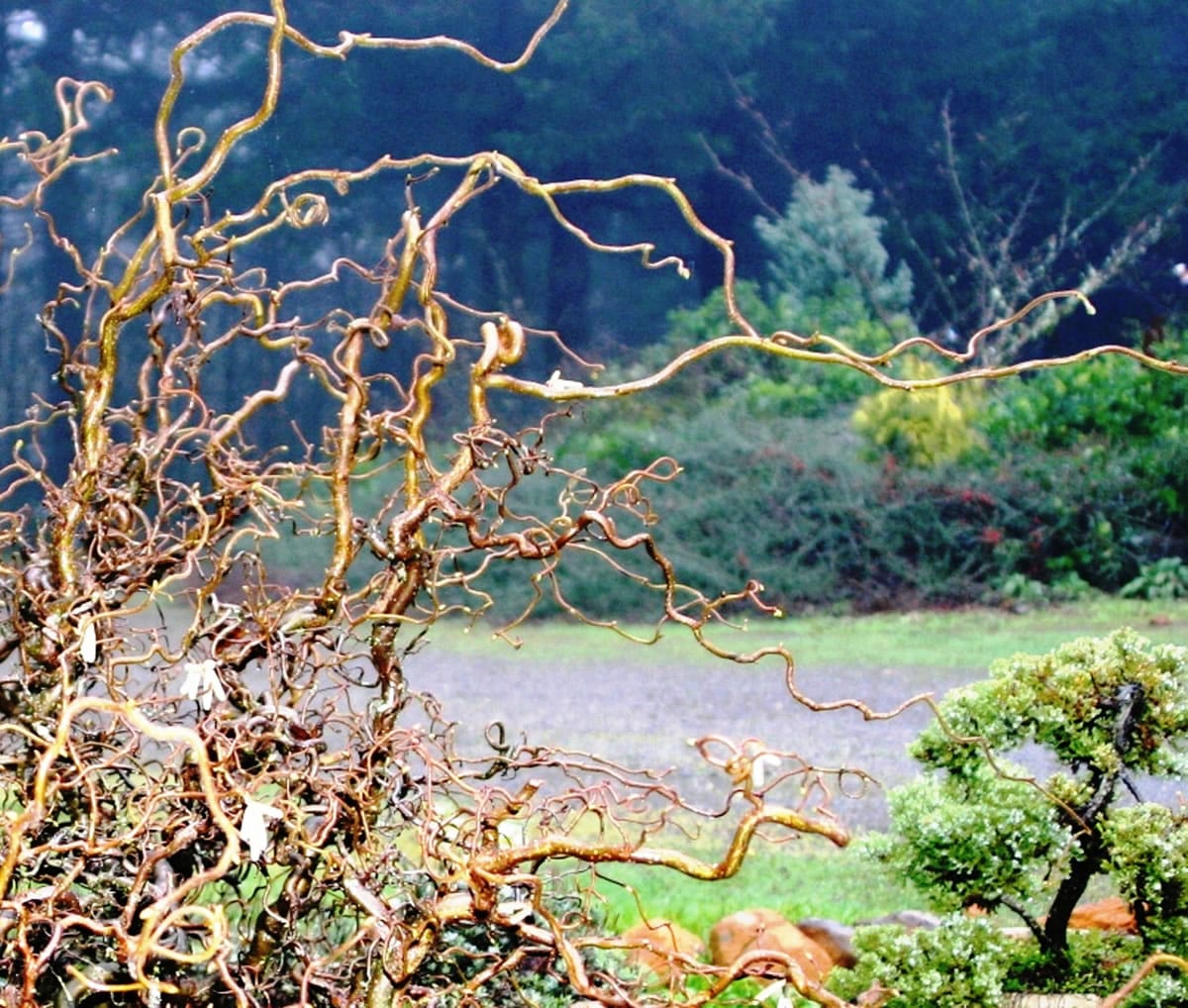There are many different theories on winter garden maintenance. Some insist on cleaning up the garden in late fall as prevention from pests and disease. Many cannot abide the messy look of spent perennials. Others argue that we allow nature to take its course when perennial plants enter dormancy for the season. This encourages birds and beneficial insects to visit the garden. Any method will get your garden through winter as long as you do what needs to be done before spring.
I’m fairly relaxed about a garden maintenance timeline. I prefer to tackle jobs when I know I have enough time to do good work and when access to the job itself makes sense. For example, three years ago we had heavy snowfall early in the season. The snow brought down several Douglas fir branches and some of them fell into established planting borders. As much as I wanted to remove those heavy branches, I waited until all the snow melted so I would not do more damage by trudging through plants buried in snow.
In general, I like to leave any plants with distinct seed heads intact if I know they will draw wildlife to the garden. However, once I feel that winter has truly set in for the season, I prefer cutting back unattractive plant material and spent foliage. Now my attractive winter specimen plants can take center stage. This is especially important if you live in a neighborhood of well-kept front yards. Once plants are cut back and cleaned up, add a protective mulch of organic compost to garden beds and borders. This improves the quality of your garden soil dramatically.
In a Pacific Northwest winter, it is cold, wet soil that kills more plants than freezing outside temperatures. By late January, perennial plants exposed to the elements look ravaged. Because of this, we often blame a plant’s demise on the climate. In reality, it’s natural for hardy perennials to die back completely to the ground in winter and still return the following spring. If plants continue to die over winter in a specific area of your garden, it might be a problem with the soil.
In your garden journal, make a note of trouble spots in the garden so you will remember to check this area for poor drainage in spring. You can also amend the soil when mild weather returns in spring and soil warms up to a workable temperature. Mix a good supply of composted garden material into the area and then, next autumn, do it again. Soil tilth ensures a planting bed’s ability to nurture healthy landscape plants, as well as food crops.
On cold, dreary days, any kind of light adds a psychological lift to the landscape. Tall, torch-style fixtures staked along a garden path or low hanging lamps beside porch steps add enough light to maneuver safely. It doesn’t have to be a holiday for us to drape a string of lights through the bare branches of winter trees. At night, spot lighting directed up and into the branches of a deciduous tree or out towards a grouping of evergreen conifers adds interest to the stark winter landscape. Even if you only view the garden through a house window, a little light generates warmth and reminds you that your garden can be charming in its winter slumber.
The focal point of my garden’s entry courtyard is a tiered, lion head fountain. Behind the house a stone bubbler serves as a drinking fountain for birds and visiting wildlife. A small heater in each feature prevents the water from freezing during cold spells. Without a heater, it might be necessary to drain both features for the winter. Recirculating pumps in small, unheated fixtures can freeze if left submerged and would likely be destroyed in the process. Water left in any enclosed container, watering can, water feature or decorative planter can cause it to break when it freezes.
In winter, you will once again see garden details that are hidden by plants the rest of the year. Cut back the tangled honeysuckle and replace any trellises or other structures that are beginning to disintegrate. Use a cleaning solution to wash the sides of your house before they are covered with new plant growth in spring. When you run out of things to do in the garden, take the time to peruse those garden magazines you have been collecting. For me, a trip to Shorty’s Nursery or Garden Fever is the perfect way to spend a winter day.
Robb Rosser is a WSU-certified master gardener. Reach him at Write2Robb@aol.com.



